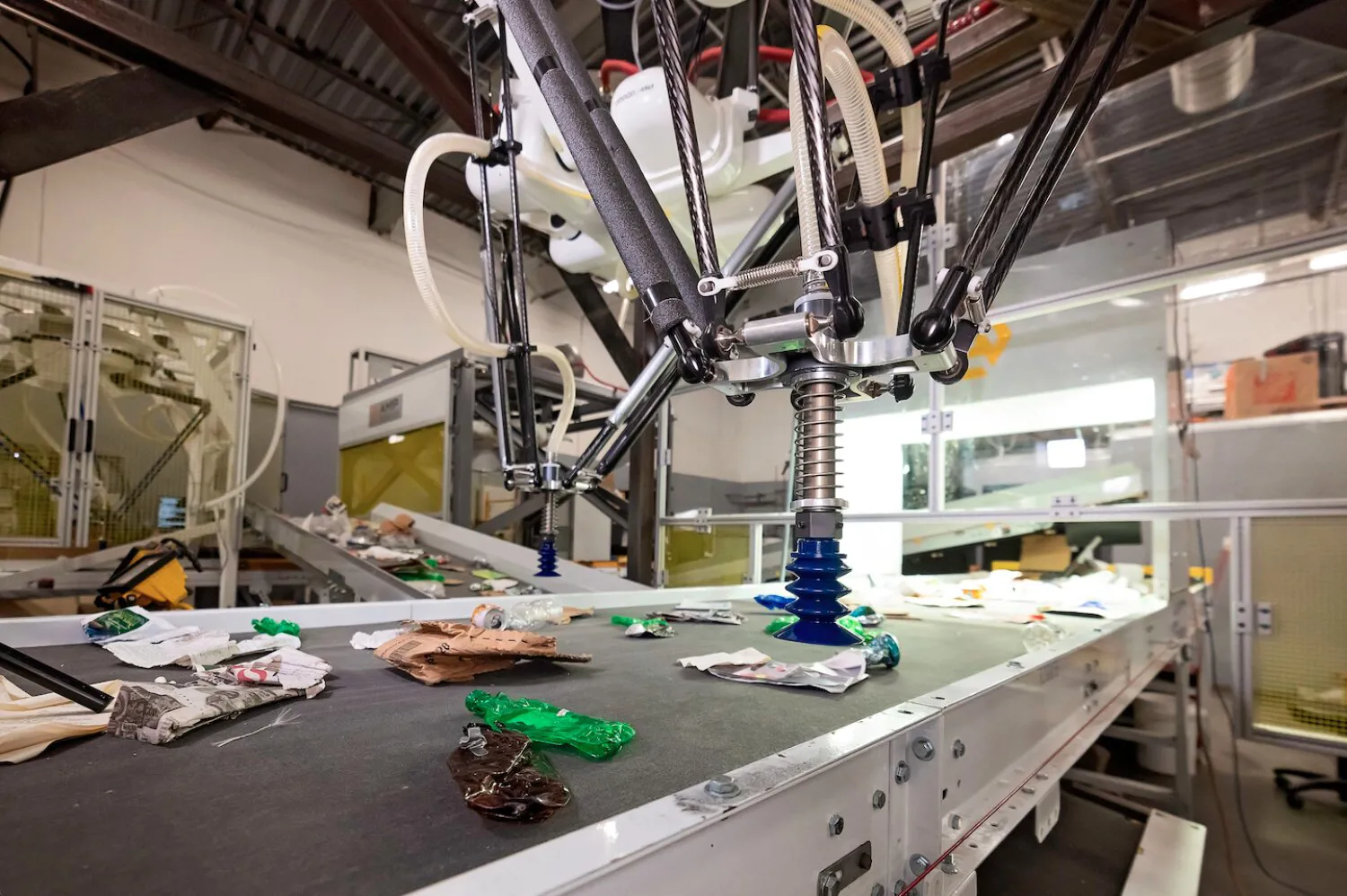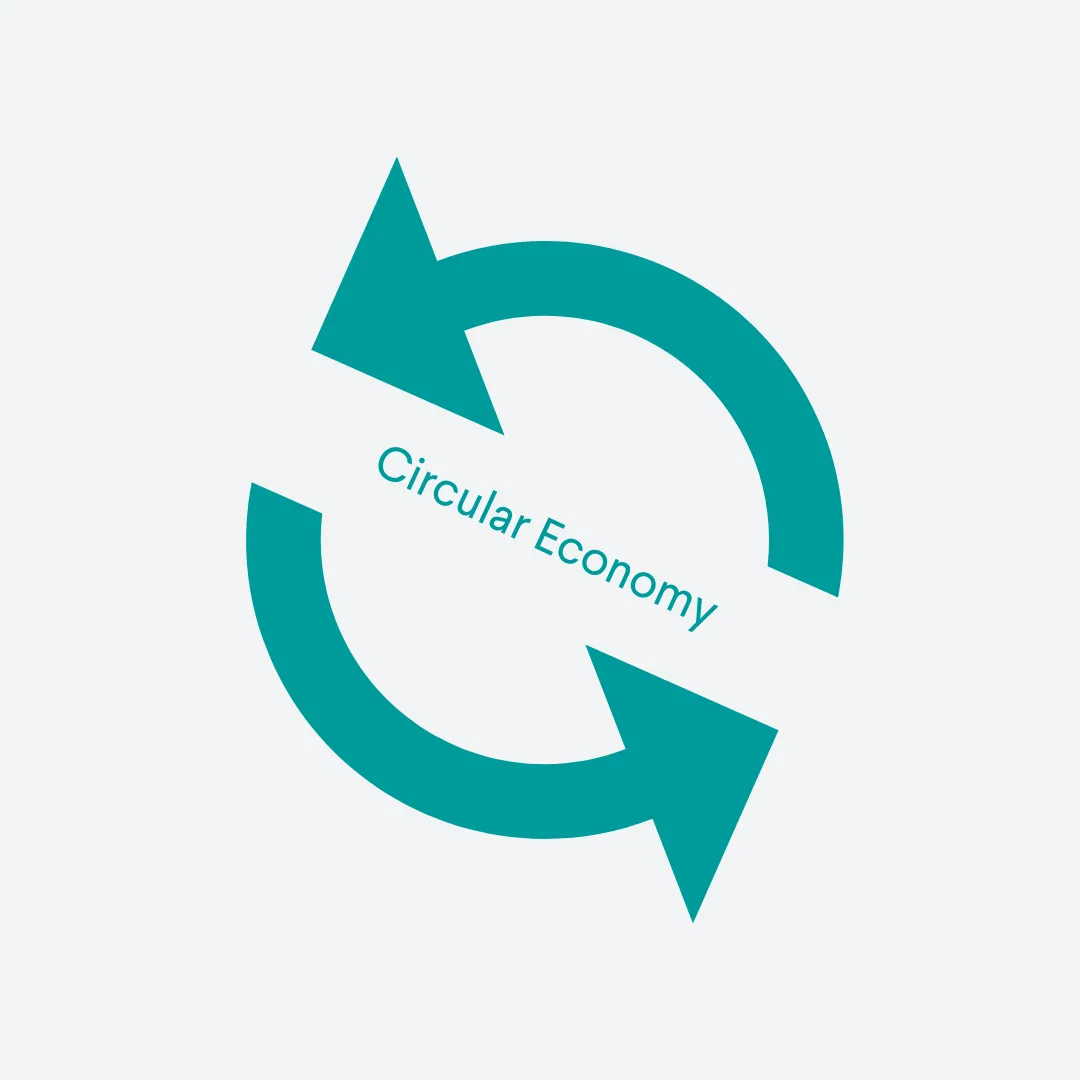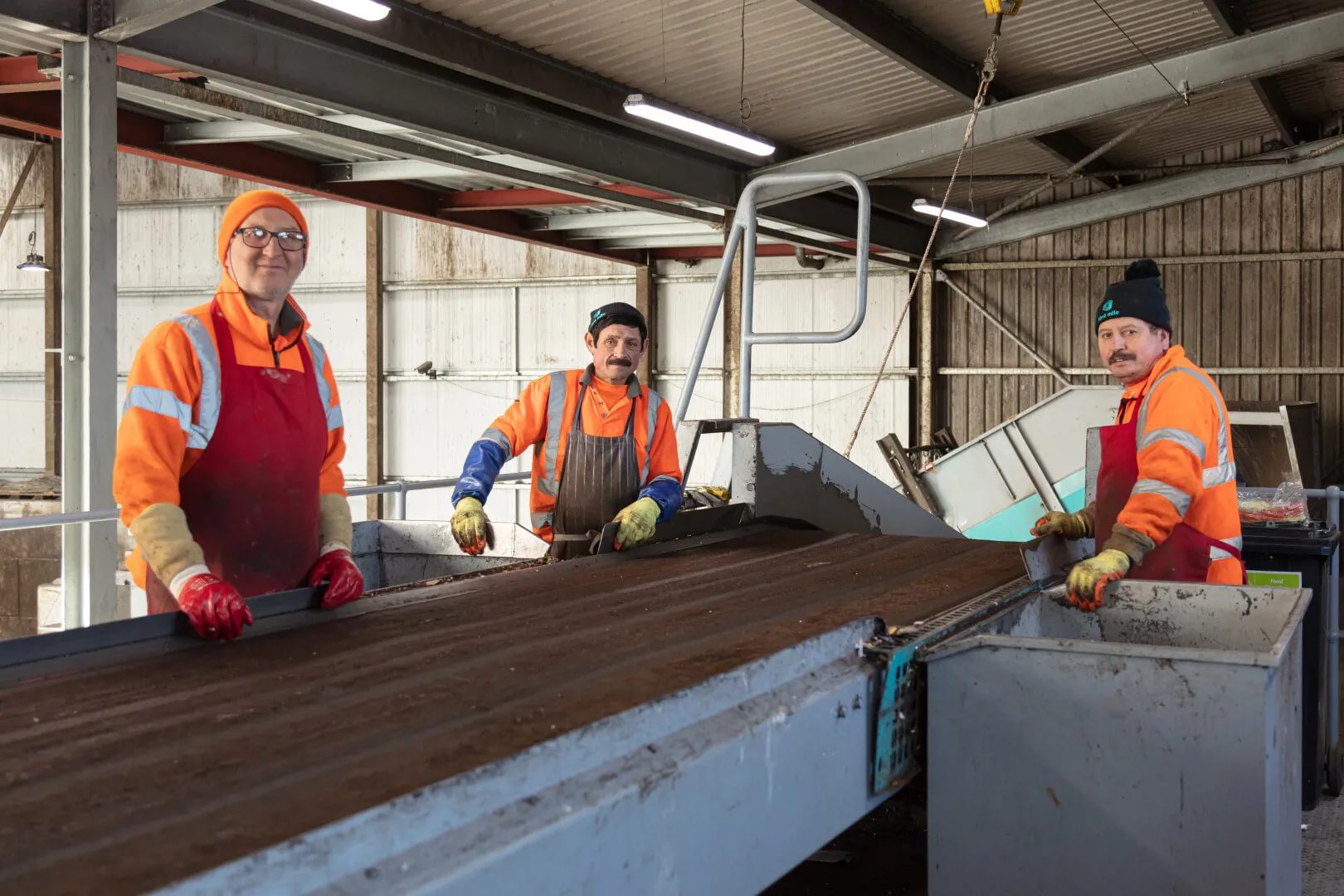The Emissions Trading Scheme (ETS) has announced new measures to reduce emissions from 2028 by imposing new permits for energy from waste plant operators procured by firms currently working in aviation and power generation. But what does this mean for the recycling industry?
What is the Emissions Trading Scheme?
The ETS is a cap-and-trade system that's part of the UK's carbon pricing policy that sets a limit on the total amount of carbon dioxide emissions allowances of certain industrial sectors and UK businesses. The ETS is currently under review, and there is an opportunity to expand it to include energy-from-waste (EfW) facilities.
What is an ETS installation?
An ETS installation is a stationary technical unit where one or more activities under the scope of a UK ETS are carried out. ETS installations are typically large industrial facilities that emit significant amounts of greenhouse gases (GHGs).
The purpose of an ETS installation is to ensure that the operator of the facility complies with the emissions limits set by the ETS. This is done through a system of monitoring, reporting, and verification (MRV). The operator of the ETS installation is required to monitor their emissions, report them to the relevant authorities, and have them verified by an independent third party.
If the operator of the ETS installation exceeds their emissions limits, they may be required to surrender emission allowances to the authorities. Emission allowances are tradable permits that allow the holder to emit a certain amount of GHGs. Surrendering emission allowances can be costly, so operators of ETS installations have an incentive to reduce their emissions.
ETS installations play an important role in reducing GHG emissions and tackling climate change. By setting a cap on emissions and allowing them to be traded, ETS installations create a market for emissions reductions. This can encourage innovation and investment in new technologies that can help to reduce emissions.
What are free allowances under UK ETS?
Free allowances under the UK ETS are allowances that are allocated to installations free of charge. These allowances are designed to help installations to comply with their emissions targets without having to purchase allowances on the market.
The UK ETS uses a grandfathering system to allocate allowances. This means that installations are allocated allowances based on their historical emissions. However, some installations are also allocated free allowances. These installations include:
- Installations that are located in areas that are at risk of carbon leakage. Carbon leakage occurs when businesses move their operations to countries with lower carbon prices, in order to avoid paying for emissions allowances.
- Installations that are using low-carbon technologies. These technologies include renewable energy technologies, energy efficiency technologies, and carbon capture and storage technologies.
- Installations that are located in areas that are experiencing economic hardship.
The UK government has said that it will continue to allocate free allowances under the UK ETS until 2030. However, the amount of free allowances that are allocated is likely to decrease over time, as the UK moves towards a low-carbon economy.
The difference between the UK ETS and the EU ETS

The UK ETS and the EU ETS are similar in their goals of reducing emission allowances. However, there are some key differences between the two schemes.
One key difference is the scope of the schemes. The UK ETS authority covers all installations in the UK that emit more than 25,000 tonnes of carbon dioxide equivalent per year. The EU ETS covers all installations in the EU that emit more than 25,000 tonnes of carbon dioxide equivalent per year, as well as all flights within the European Economic Area (EEA).
Another key difference is the way allowances are allocated. The UK ETS applies a grandfathering system to allocate allowances to installations. whereas The EU ETS uses a combination of grandfathering and auctioning to allocate allowances. This means that installations are allocated some allowances based on their historical emissions, and some allowances are auctioned off.
The price of allowances is determined differently in the two schemes. The price of allowances in the UK ETS is determined by supply and demand. The price of allowances in the EU ETS is determined by a market stability mechanism. This mechanism is designed to keep the price of allowances within a certain range.
In summary, the key differences between the UK ETS and the EU ETS are the scope of the schemes, the way allowances are allocated, and the price of allowances.
What are the beneficial impacts of ETS expansion on the recycling industry?
The expansion of the ETS - to include often energy-intensive industries such as EfW facilities - is expected to have a number of benefits for the recycling industry.

Increased investment in recycling
The ETS creates a financial incentive for businesses to reduce their emissions, and this could encourage them to invest in recycling technologies that can help them to do so. For example, businesses may choose to invest in mechanical or chemical recycling technologies that can recover high-value materials from waste, rather than sending it to incineration.

Higher recycling rates
By making recycling more financially attractive, the ETS could help to increase recycling rates with stricter emissions targets. This is because businesses will be more likely to recycle their waste if it means that they can avoid paying for emissions permits.

Shift away from incineration
Incineration is a relatively low-cost way to dispose of waste, but it also produces greenhouse gases. The ETS could make incineration more expensive by making businesses pay for emissions permits, which could encourage them to switch to recycling instead.

A more circular economy
By encouraging businesses to recycle their waste, the ETS could help to reduce the need for virgin materials and create a more sustainable economy. This is because recycling can help to conserve natural resources and reduce pollution.

Jobs in the recycling sector
As businesses invest in new recycling technologies, they will need to hire more workers to operate these technologies. This could create new jobs in the manufacturing, engineering, and construction sectors.

Reduced greenhouse gas emissions
By shifting away from incineration and towards recycling, businesses could reduce their emissions and help to combat climate change. This is because recycling produces fewer greenhouse gas emissions than incineration.
The importance of monitoring the ETS expansion
The ETS expansion is a significant opportunity to promote recycling and reduce greenhouse gas emissions. However, it is important to monitor the situation closely to see how the ETS expansion plays out in practice and to ensure that it has a positive impact on recycling.
What can businesses and consumers do to support the ETS expansion and promote recycling?
- Businesses can invest in new recycling technologies and practices.
- Consumers can recycle their waste and choose products that are made from recycled materials.
- Governments can create policies that support recycling and make it easier for businesses and consumers to recycle.
By taking these actions, we can all help to make the ETS expansion a success and promote a more circular economy.
What are the implications of the ETS expansion for the recycling industry?
The ETS expansion could also create challenges for the recycling sector, such as increased competition for recyclable materials and higher costs for recycling services.
The expansion could potentially also lead to some unintended consequences. For example, it could lead to an increase in illegal dumping or a decrease in the quality of recycled materials.
Overall, the ETS expansion is a significant opportunity to promote recycling and reduce greenhouse gas emissions. It is important to monitor the situation closely to see how the ETS expansion plays out in practice and to ensure that it has a positive impact on recycling.


